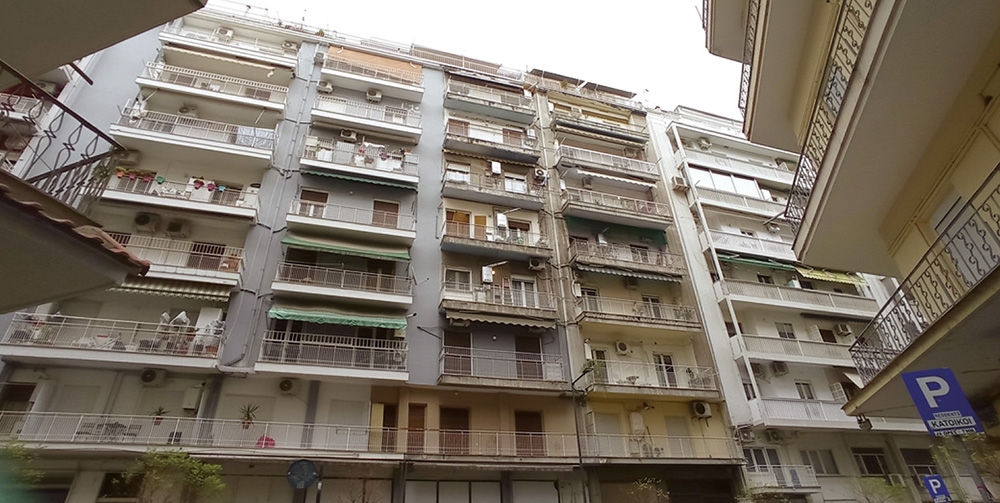Polykatoikia: from Heterogeneous to Homogeneous and Vice Versa
Additional Files
DOI:
https://doi.org/10.52200/docomomo.68.03bAbstract
Middle-class housing in Greece developed rapidly after World War II (WWII). Across all Greek cities a multi-story building type, so-called “polykatoikia” emerged because before the war, in 1929, a social and legal contract was constituted, according to which each apartment could be owned by “micro-owners”. The applied General and Special Building Regulations envisioned a homogeneous city volume composed of these polykatoikias. On the other hand, the new ownership model invited a heterogeneous middle-class population to buy and reside in these apartments, in contrast to the previous homogenous one owner per building model. Thessaloniki developed differently than other cities, starting with homogeneous urban planning and city volume, but heterogeneous architectural styles that would evolve vice versa in the post-WWII era. The contemporary political–social–economic changes modified the city’s development vision and population’s needs related to the polykatoikia. Today, the matured state of the polykatoikias, the expected deterioration of the building stock and its environmental (in)efficiency troubles the micro-owners. The lack of common decision-making strategies to enforce building unity increases the entropy to a dysfunctional level. The paper’s main goal is to investigate whether the polykatoikia model is reaching a breaking point. Will the future of the polykatoikia return to homogeneity by relying on one investor per building and be leading a decrease of polykatoikia’s variety, or are there strategies that lead to the sustainability of the building type and its micro-owners? The research is based on the author’s Ph.D. thesis; recent literature on the topic and in-situ observations both support the objectives.
How to Cite
Published
Issue
Section
License
Copyright (c) 2023 Sotiria Alexiadou

This work is licensed under a Creative Commons Attribution 4.0 International License.





